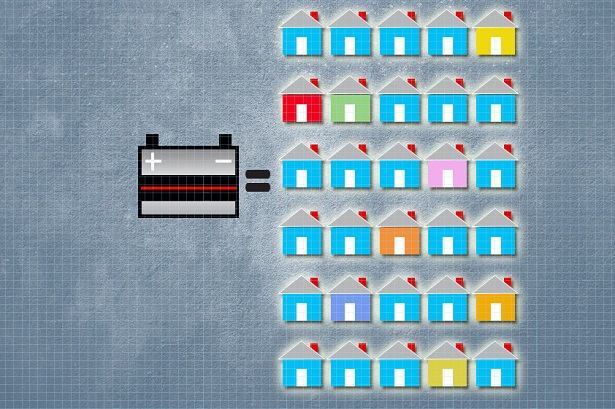This video explains how a new MIT technology makes enough solar panels to power thirty homes from a single lead acid battery.
The system is described in a paper published in the journal Energy and Environmental Science, co-authored by MIT researchers Angela M. Belcher and Paula T. Hammond, graduate student Po-Yen Chen, and three others.
It is based on a recent development in solar cells that makes use of a compound called perovskite — specifically, organolead halide perovskite — a technology that has rapidly progressed from initial experiments to a point where its efficiency is nearly competitive with that of other types of solar cells.
This could be a classic win-win solution as the system recycles materials from discarded car batteries — a potential source of lead pollution — into new, long-lasting solar panels that provide emissions-free power.
Its potential is endless as it could divert a dangerous waste stream while producing low-cost photovoltaics.
Publication Reference:
Po-Yen Chen et al: Environmentally-responsible fabrication of efficient perovskite solar cells from recycled car batteries. Energy & Environmental Science, 2014.













Comments